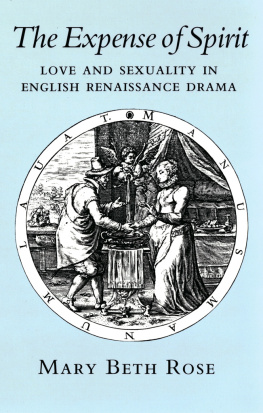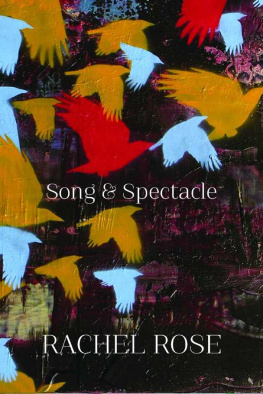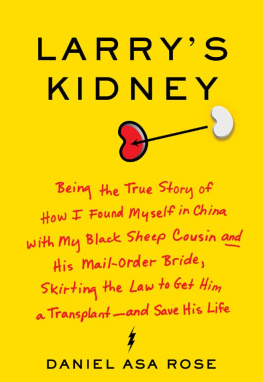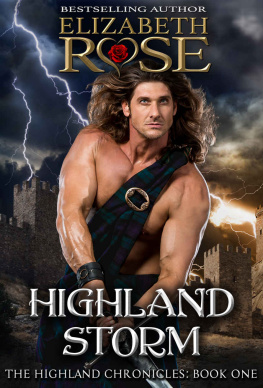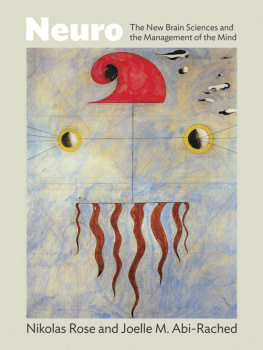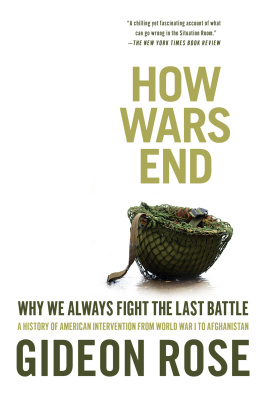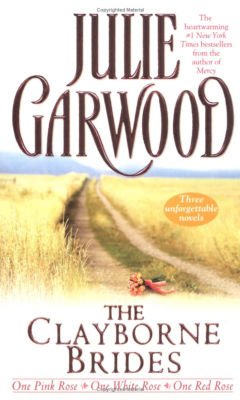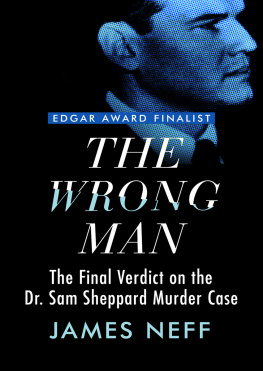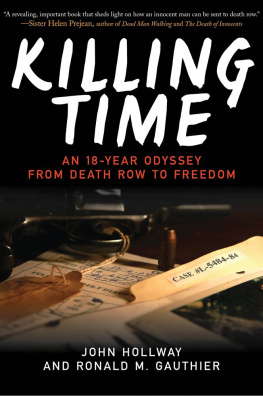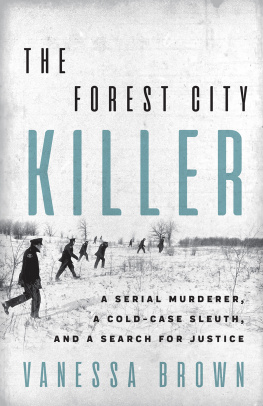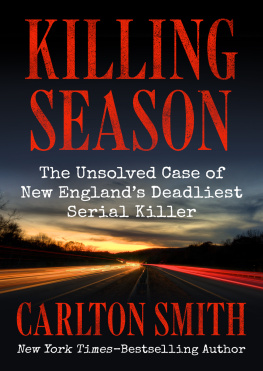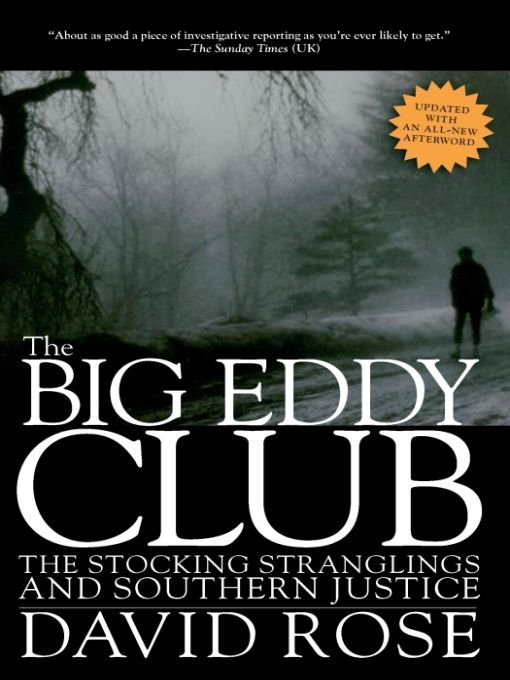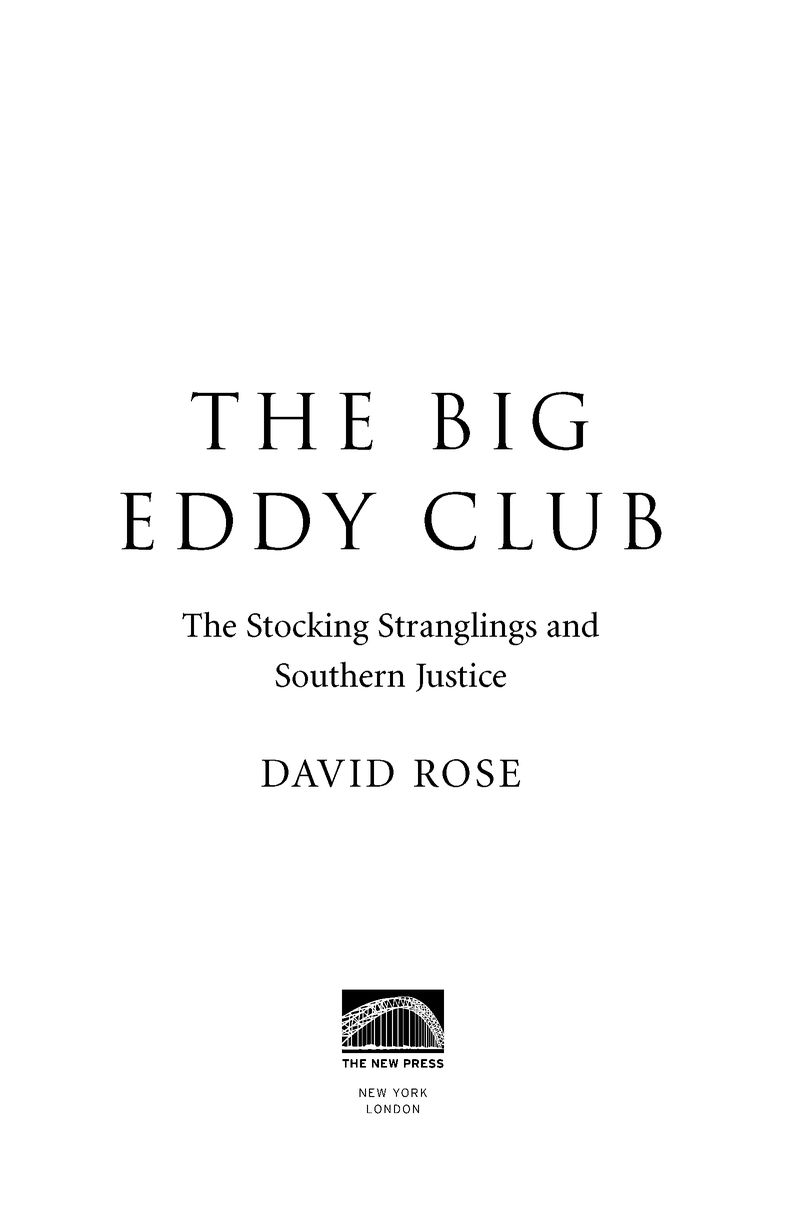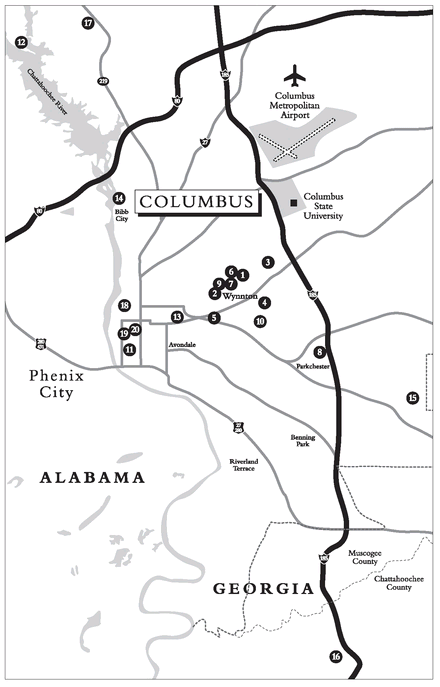Table of Contents
By the same author
Beneath the Mountains
(with Richard Gregson)
A Climate of Fear
In the Name of the Law
Regions of the Heart
(with Ed Douglas)
Guantnamo: The War on Human Rights
For my mother, Susan, who gave me a sense of history And my father, Michael, who taught me the meaning of justice
ILLUSTRATIONS
(All photographs were first published by the Columbus Ledger-Enquirer group)
The stranglers first victim, Mary Ferne Jackson.
Mayor Harry Jackson at the home of his aunt, Ferne Jackson, September 15, 1977. (Roger Allen Grigg)
The second victim, Jean Dimenstein.
Columbus coroner Don Kilgore confers with a rabbi and a policeman after the murder of Jean Dimenstein, September 25, 1977. (Lawrence Smith)
Jerome Livas, who confessed to the first two stranglings and to a string of other murdersincluding those of two U.S. Presidents. (Allen Horne)
Florence Scheible.
Martha Thurmond.
Kathleen Woodruff.
Kathleen Woodruffs servant Tommie Stevens looks out of the window of Mrs. Woodruffs home after the discovery of her body, December 28, 1977. (Allen Horne)
Ruth Schwob, who survived the stranglers attack on the night of the terrors, February 12, 1978.
Police Chief Curtis McClung outside Ruth Schwobs house. (Lawrence Smith)
Following the night of the terrors, the police had to deal with ghoulish onlookers after the strangler killed his sixth victim, Mildred Borom. February 13, 1978.
Janet Cofer, who became the stranglers final victim in April 1978.
Carlton Gary, Sheila Dean, and their alleged accomplices after their arrest for fire-bombing a grocery store in Gainesville, Florida, March 17, 1968.
Carlton Gary after his arrest in Albany, New York, in 1970.
Carlton Gary arriving in Columbus on the night of his arrest, May 3, 1984. (Michael Mercier)
Gary on the night of his arrest with Detective Michael Sellers, who was the only cop to testify about his alleged confession. (Ed Ellis)
Police Chief Jim Wetherington gives a press conference on the night of Garys arrest. (Lawrence Smith)
Bill Kirby, Carlton Garys defense attorney MaySeptember 1984.
Gary Parker, a member of Garys defense team 198486, and later a state senator.
August Bud Siemon, Garys trial attorney.
Judge John Land, who handled Garys case pretrial.
Bud Siemon and Assistant District Attorney Doug Pullen approach Judge Kenneth Followills bench during Garys trial. (Joe Schwartz)
District Attorney William Smith addresses the jury. (Allen Horne)
Sheila Dean on the witness stand. (Allen Horne)
Earnestine Flowers testifies at Garys trial.
Gary in court with his lawyer, Bud Siemon.
Henry Sanderson testifies about his gun, stolen from his car in Wynnton in October 1977. (Allen Horne)
John Lee Mitchell, whom Gary falsely accused of murdering Nellie Farmer. (Allen Horne)
Malvin Alamichael Crittenden testifies in the stranglings trial. (Allen Horne) A
police composite sketch that Gertrude Miller identified as the man who raped and tried to kill her in September 1977.
Carlton Garys mother, Carolyn, after he was given the death penalty. (Allen Horne)
Gary on the way to court for an appeal hearing, December 14, 1989. (Lawrence Smith)
Strangling Crime Scenes
1 Ferne Jackson (17th Street)
2 Florence Scheible (Dimon Street/Eberhart Avenue)
3 Jean Dimenstein (21 st Street)
4 Martha Thurmond (Marion Street)
5 Kathleen Woodruff (Buena Vista Road)
6 Ruth Schwob (Carter Avenue)
7 Mildred Borom (Forest Avenue)
8 Janet Cofer (Steam Mill Road)
9 Callye Easts houseHenry Sandersons gun stolen (Eberhart Avenue)
10 Gertrude Millersurvived first attack by strangler (Hood Street)
Other Locations
11 Historic District
12 Big Eddy Club
13 Lynching of Teasy McElhaney, 1912
14 Lynching of Simon Adams, 1900
15 Carlton Garys apartment, 197779
16 Fort Benning
17 Area of Land family holdings, 190020
18 G.W. Ashburn murdered, 1868
19 Dr. Thomas H. Brewer murdered, 1956
ACKNOWLEDGMENTS
Early in our association, in the spring of 1998, I was talking on the phone with Wendy Murphy, who more than anyone is responsible for my committing myself to this book. I was thinking aloud about whether to do it: Im just not sure, I remember saying. Its a big decisionafter all, its likely to dominate the next two years of my life. Although I was out by more than 400 percent, I thank her first for her constant help and involvement in what has been the most intellectually rewarding project of my working life to date.
Its long gestation has seen both my original editorsMichael Fishwick at HarperCollins in London and Colin Robinson of New Yorks New Pressmove on to new challenges, but I remain indebted to them for their support. Their successors Richard Johnson and Diane Wachtell swiftly reassured me that all would be well, and they and their colleagues went on to prove it by their brilliance and enthusiasm as the book neared press. Special thanks are due to Robert Lacey, whose copyedit of the text was beyond emulation. As ever, I must also thank my British and American agents, Peter Robinson and Jill Grinberg, for whom this is the third Rose literary parturition. If they ever doubted whether I would finish, they did not say so to me. Neil Belton, who has published my work elsewhere, helped me find a way to structure the book with his warm and generous advice.
This book describes great evils, but along the path of its research I have made sustaining friendships with some of the finest people I know. In and around Columbus, Gene Hewell, Earnestine Flowers, Doris Layfield, Bill and Jean Kirby, George and Vicky Williams, Floyd Washington, Tracy Dean, Anne Blalock, Eddie Florence, Robert Leonard, Marcel Carles, Daniel and Elizabeth Senne, Murphy Davies, Marquette McKnight, Jo-Jo Benson, Randy Loney, Ruby Miles, George Ford, Ronzell Buckner, the late A. J. McClung, Clarence White, the late Albert Thompson, Ruby James, J. T. Frazier, Freddie White Junior, Malvin Crittenden, Beleta Turner, Carlos Galbreath, Arthur Hardaway, John Allen and John Land opened up their doors, their hearts and their memories, not knowing what might be the result.
Two local writers, Richard Hyatt and Billy Winn, welcomed me with courtesy and comradeship, although both thought the main thrust of my work wrongheaded. Without Winns seminal work on lynching and the murder of Thomas H. Brewer, this book would not have been written. It began to gestate when I sat in the old W. C. Bradley Library and read the yellowing clippings of Winns monumental 1987 newspaper series about the killing of Teasy McElhaney. It was this that first made me think that there might be a way to connect Columbuss past with more recent times. Mike Haskey, chief photographer at the


